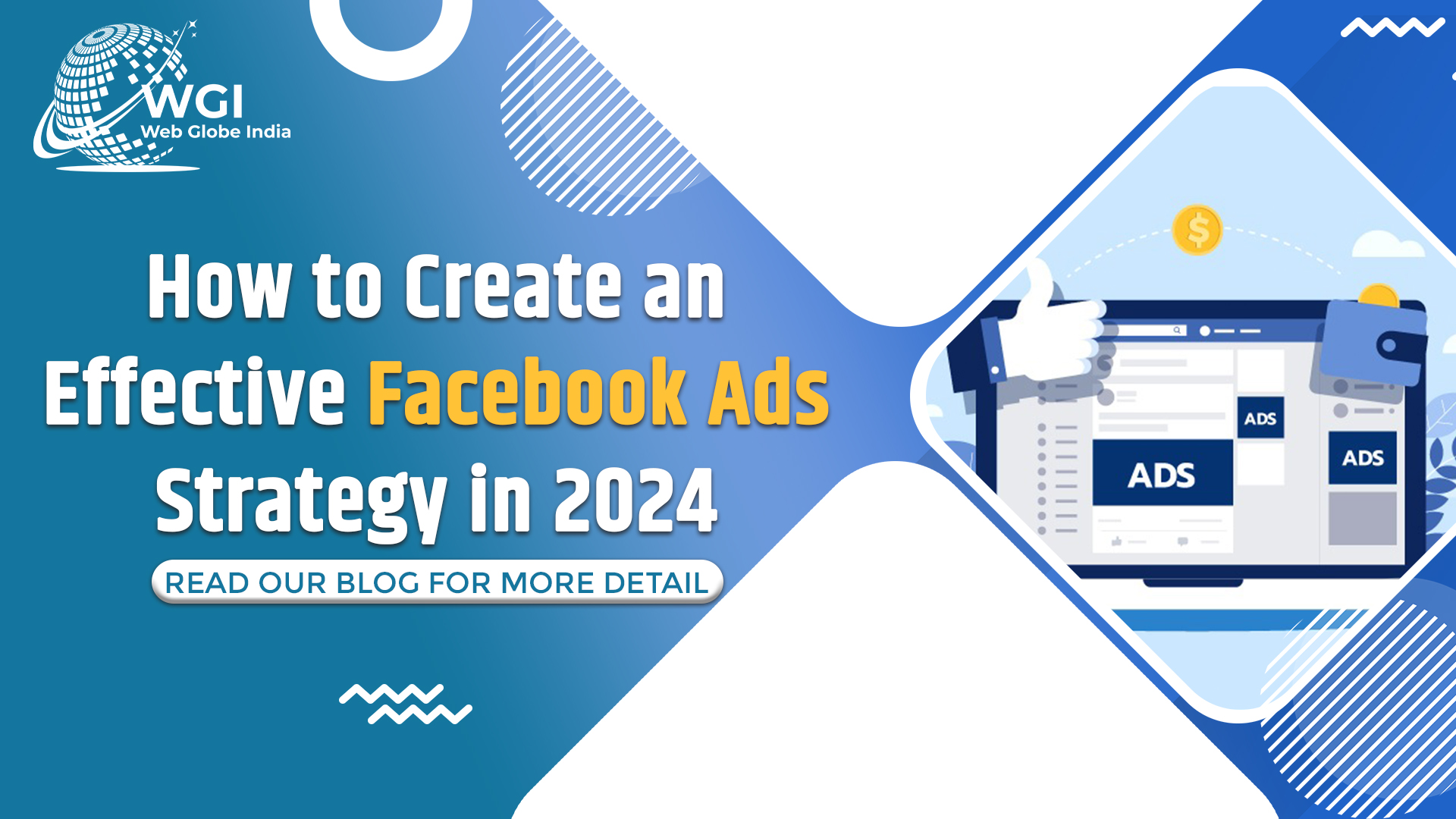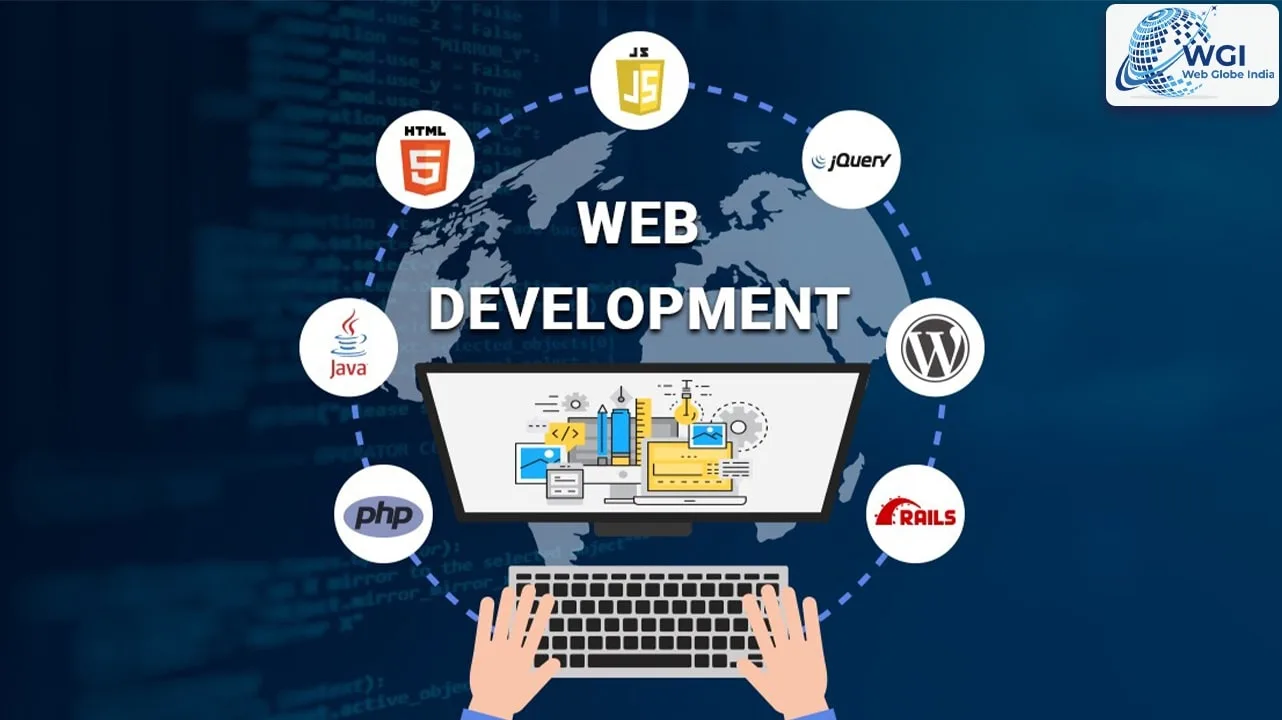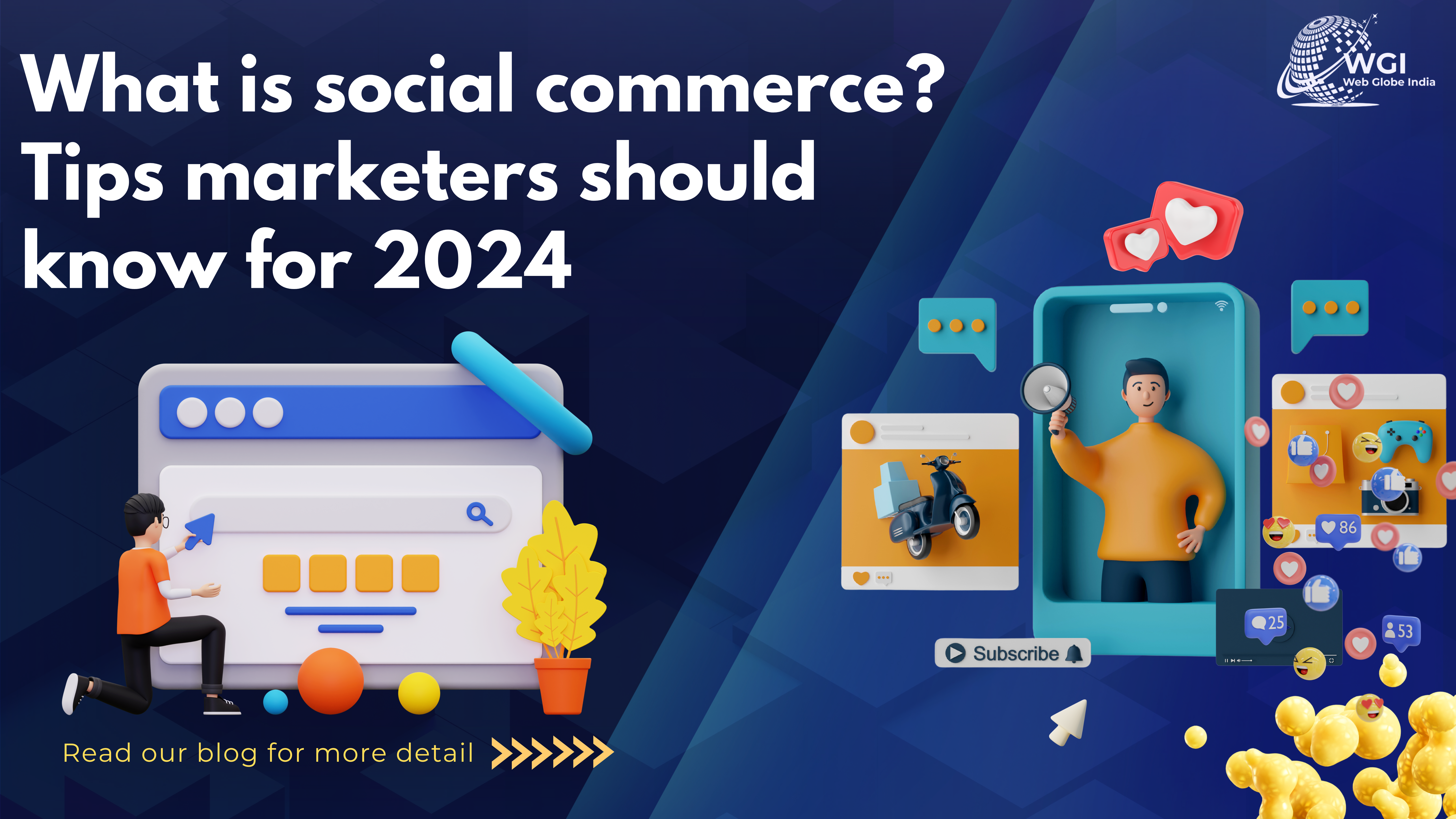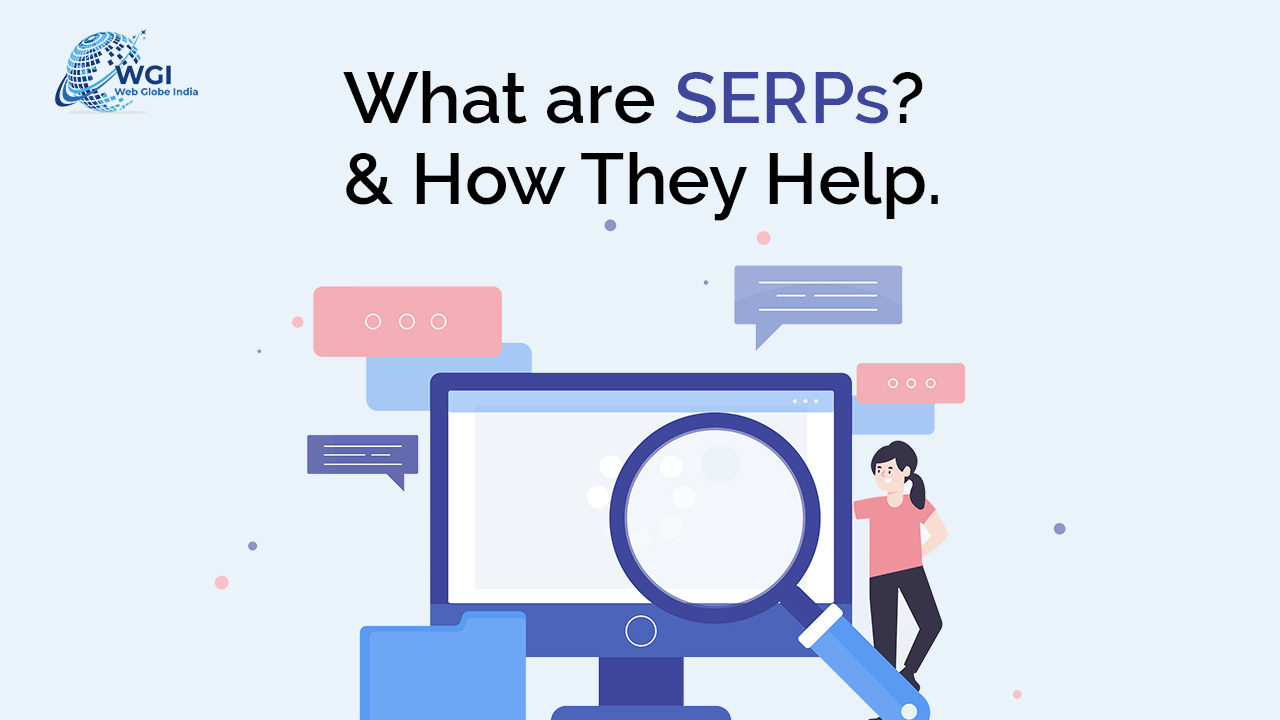Facebook remains a powerhouse in social media advertising, with many marketers confirming it consistently delivers better ROI than most other platforms. As someone who has managed numerous Facebook ad campaigns, I’ve experienced first hand the platform’s potential for driving engagement and conversions. However, to use Facebook effectively, you need a well-thought-out ad strategy. In this blog, I’ll share key steps to create a successful Facebook ads strategy in 2024.
Know Your Audience
Understanding your audience is crucial before launching any Facebook ad campaign. Before I start creating ads, I spend time getting to know my potential customers. Who are they? What are their interests? How do they spend their free time? These questions help me build a detailed customer profile.
For example, if I’m targeting busy professionals, I consider their challenges—like managing time or staying fit despite a hectic schedule. Understanding these pain points allows me to craft messages that resonate with them. Knowing your audience is not just about demographics; it’s also about understanding their behaviors and motivations. This knowledge guides the rest of my ad strategy.
Define the Customer Journey
Once I know who I’m targeting, I map out their customer journey. This involves understanding the stages a customer goes through before making a purchase: Awareness, Consideration, and Decision. Each stage requires different messaging and calls to action.
For instance, in the Awareness phase, I might create ads highlighting common problems my product solves. In the Consideration phase, I showcase benefits and features, perhaps using video or carousel ads to provide detailed insights. During the Decision phase, I focus on urgency, using limited-time offers to encourage immediate action. Tailoring ads to each stage of the journey ensures that my content is relevant and engaging.
Segment Your Audience
Segmenting my audience is a powerful way to deliver the right message at the right time. By breaking down my audience into segments based on their position in the customer journey, I can create targeted ads that speak directly to their needs.
For example, I might create separate ad campaigns for new visitors, engaged blog readers, and returning customers. For new visitors, I use ads that introduce my brand and offer value through free resources or engaging content. For returning customers, I focus on upselling or promoting new products they might be interested in. This segmentation ensures that every ad I run is relevant and compelling to its audience.
Utilize Meta Pixel
Installing Meta Pixel on my website is one of the best decisions I’ve made for my Facebook ad campaigns. Meta Pixel allows me to track visitors’ actions and see what they do after clicking on my ad. This data helps me measure the effectiveness of my campaigns and make data-driven decisions to improve them.
For instance, if I notice that a certain group is frequently leaving their carts behind without completing their purchase. I can create specific ads to retarget these users, encouraging them to complete their purchases. Meta Pixel also helps me create Lookalike Audiences, which are highly effective for reaching new people who are likely to be interested in my business.
Combine Ads with Content Marketing
One mistake many advertisers make is focusing solely on direct sales. In my experience, combining ads with content marketing is more effective. Instead of pushing for a sale immediately, I offer valuable content that addresses my audience’s pain points and provides solutions.
For example, I might run ads promoting a blog post or a video tutorial that educates my audience about a topic related to my product. This strategy builds trust and positions my brand as a helpful resource, making potential customers more likely to consider purchasing from me later.
Leverage Video Ads
Video ads are an essential part of my strategy. Studies show that video content has a high engagement rate and is excellent for conveying complex messages quickly. I use video ads to demonstrate product features, share customer testimonials, and tell compelling stories that resonate with my audience. Video content is particularly effective on Facebook, where users are more likely to engage with visual and dynamic content.
Monitor and Optimize
Finally, no Facebook ads strategy is complete without monitoring and optimization. I regularly review my ad performance to see what’s working and what’s not. I use this data to tweak my campaigns, test new approaches, and continuously improve my strategy.
By understanding my audience, defining their journey, segmenting them appropriately, and using tools like Meta Pixel, I’ve found that Facebook ads can be a highly effective part of my digital marketing strategy. Incorporate these tips into your strategy for 2024 to drive higher engagement and conversions.







